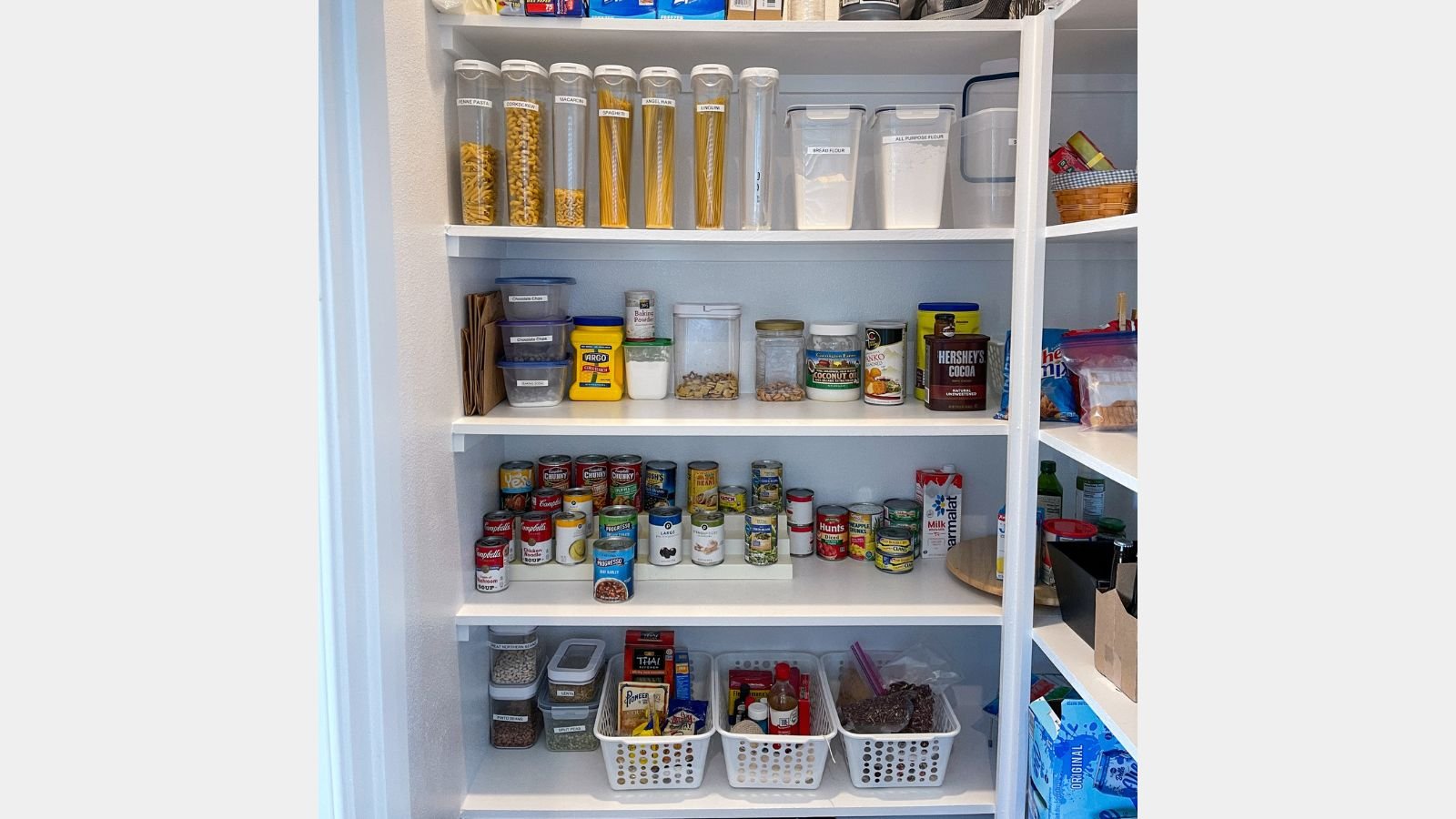Saving money on groceries is easier than you think. You can cut your grocery bill without sacrificing quality or variety. Use a few simple strategies. This list provides easy and effective ways to save money whenever you shop.
Meal Plan

Planning your meals ahead of time helps avoid unnecessary purchases. It ensures you buy what you need for each meal, reduces waste, and saves hundreds of dollars on groceries.
According to the University of Wisconsin, meal planning can help you save as much as $1,600 a year on groceries.
Buy in Bulk

According to a 2024 LendingTree analysis, buying in bulk could save shoppers 27% on average- which can be huge when you do this strategically for the entire year.
Buying in bulk often comes with massive discounts. Focus on non-perishable items you use and can easily store. This method saves money and reduces the frequency of shopping trips.
Never Shop Hungry

Shopping on an empty stomach leads to impulse buys and unnecessary spending. Ensure you eat a meal or snack before grocery shopping. This helps you stick to your grocery list.
USC Dornsife’s Norbert Schwarz, Provost Professor of Psychology and Marketing, has also proven this. The studies showed that hungry shoppers spent more than 60 percent more and bought more non-food items than less hungry customers.
Shop Your Pantry

Before heading out, check what you already have in your pantry. This prevents buying duplicates of items. This eventually saves money and reduces waste.
Buy Store Brands

Store brands are usually cheaper than name brands and often have similar quality. Switching to store brands can make a big difference in your grocery bill, cutting it down by approximately 40%.
Compare Prices

Always compare prices of different brands and sizes. While you can do this at the store, you can also use apps like Flipp, Instacart, and MyGroceryDeals. This practice ensures you get the most value for your money.
Shop at Local Farmer’s Markets

Local farmer’s markets often offer cheaper fresh produce than grocery stores. Plus, buying local supports community farmers.
Make a List

Shopping with a list keeps you focused and prevents buying items you do not need. Stick to your list to avoid impulsive purchases.
Pay Attention to Prices

Watch for price drops on items you frequently buy. Learn the price cycles of your favorite products. Understanding and tracking prices helps you buy at the lowest cost, maximizing your grocery budget.
Save Online Coupons

Utilize coupons to lower your grocery bills. Many stores and brands offer digital coupons that can be easily accessed and saved on your phone or loyalty card. Regularly checking for and applying these online coupons can lead to substantial savings on your regular purchases.
Order Curbside Pickup

Using curbside pickup can help avoid the temptation of impulse buys. Many stores offer this service for free or a small fee. It is a convenient way to stick to your budget.
Shop the Sales

Take advantage of sales and discounts. Plan your meals around items that are on sale. This tactic can lead to significant savings over time.
Stop Shopping at Eye Level

Stores often place the most expensive items at eye level. Look at higher or lower shelves for better deals. This small change in shopping behavior can lead to significant savings.
Try Meatless Meals

Incorporating meatless meals into your diet can reduce your grocery bill. Plant-based proteins like beans and lentils are often cheaper than meat. This shift is not only budget-friendly but also health-conscious.
Use a Rebate App

Rebate apps can offer cash back on grocery purchases. Download and use these apps to earn back money on items you are buying. This is an easy way to save without changing your shopping habits.
Buy Fresh

Buying fresh produce can be cheaper than pre-packaged or processed foods. Fresh foods are not only more affordable but also healthier. This habit encourages a nutritious diet while keeping costs down.
Buy Organic When It Matters

Prioritize organic purchases for items most affected by pesticides. Use regular products for the rest. This saves money while allowing you to enjoy the benefits of organic food.
Buy Versatile Foods

Invest in foods that you can use in many meals. Items like rice, pasta, and beans offer versatility and value. This practice minimizes waste and maximizes your budget.
Cook It Yourself

Preparing meals at home is usually cheaper than buying pre-made or takeaway food. Home cooking allows control over ingredients and portions. This not only saves money but also promotes healthier eating.
According to an article on CNET, Pamela shares that cooking your takeout staples at home amounted to about a 50% savings over ordering those same items as carryout and a shocking 75% savings if you get them delivered (this includes driver tips and delivery charges).
Eat Leftovers

A HelloFresh research tells us that 32% of Americans forget about leftovers once they are out of sight. Do not let leftovers go to waste. Plan to use them in meals or as snacks. Eating leftovers saves money and reduces food waste.
Grow Your Own

Growing your herbs, vegetables, or fruits can be a rewarding way to save. Even a tiny garden or a few pots can yield savings. This approach provides fresh produce right at your doorstep.
Join Loyalty Programs

Joining loyalty programs at your favorite stores can offer additional savings. These programs often provide member-only discounts and special offers. Take advantage of these programs to maximize your savings.
Limit Your Shopping Trips

Limiting your grocery trips can help reduce impulse buys and overall spending. Try to shop only once a week or bi-weekly. This method forces better planning and more mindful spending.
Freeze Seasonal Produce

Buy fresh produce in bulk when it is in season and less expensive, then freeze it for later use. This ensures you have a supply of fruits and vegetables year-round at a lower cost.
